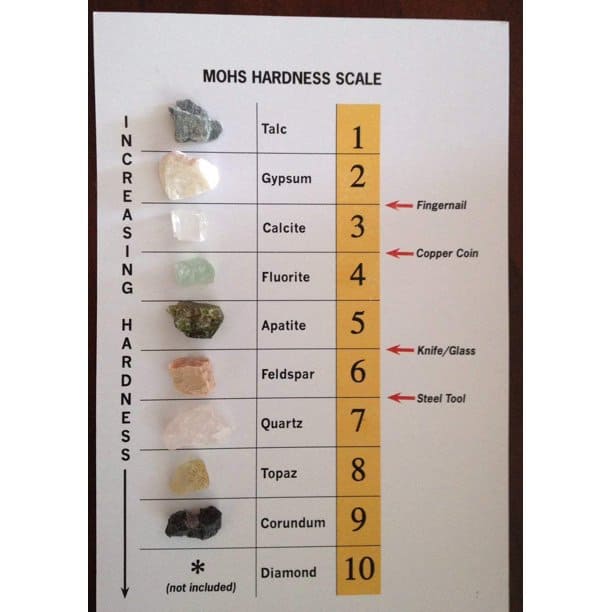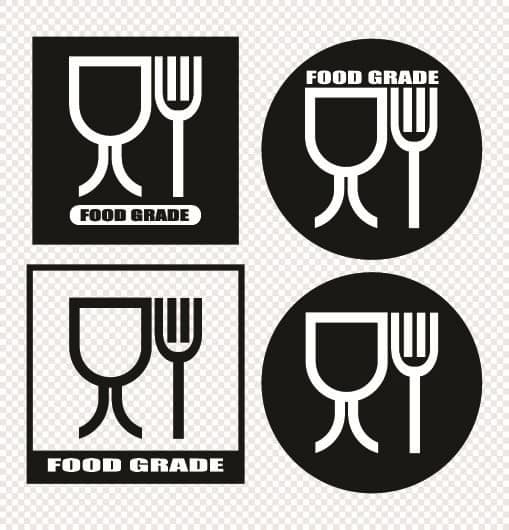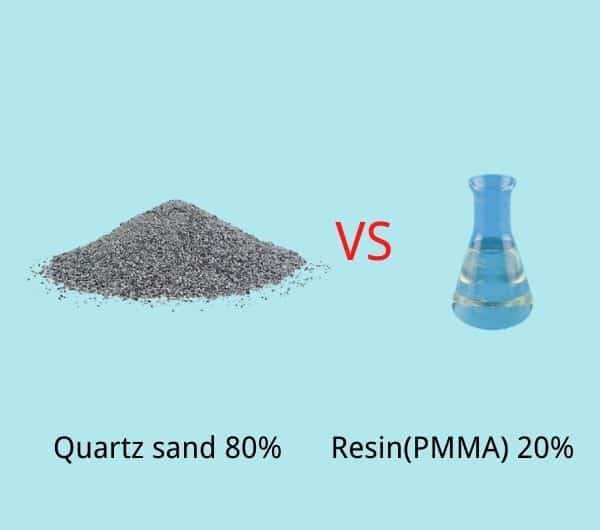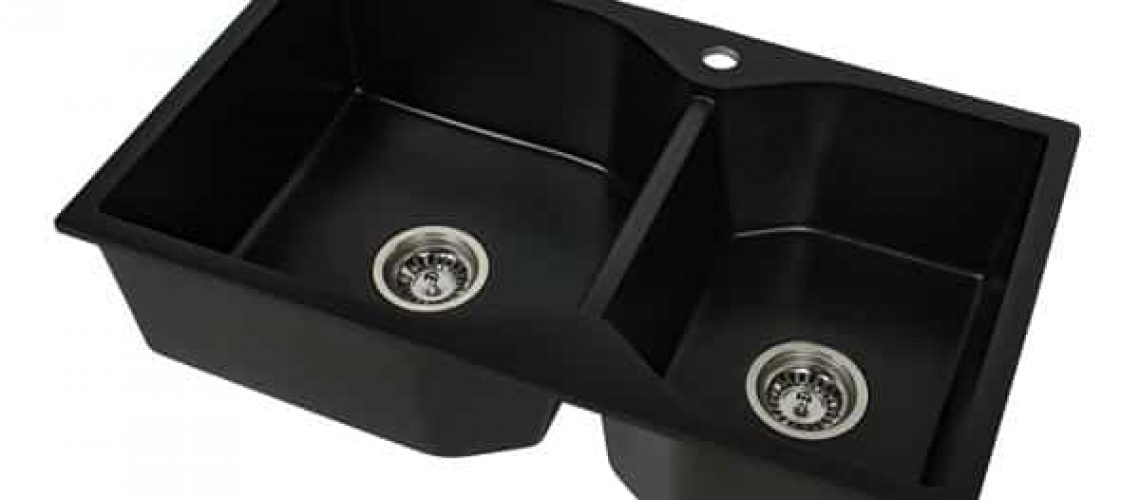In nowaday’s world, it is essential to market your products. Marketing is even more important than the actual product itself.
But in this race of marketing, manufacturers often over-promote their products. They also spread some misconceptions linked to the product.
I will talk about these misconceptions in the quartz composite sink in detail. Here they are:
경도
Many sellers will promote the hardness of the quartz sink on their ads. This can be misleading because the quartz composite sink contains resins except for the quartz material.
Mohs Hardness Test
Usually, quartz stone refers to quartz stone’s crystal, and its hardness can generally go to Mohs hardness 7. Some manufacturers directly write Mohs hardness seven on their ads.

However, when making a quartz composite sink, the hardness will be significantly discounted, usually only about 6 or even less than 6.
So how do you choose? Generally speaking, this hardness is not tested by the manufacturers. And you can select another criterion for testing, the Barcol hardness test.
Barcol Hardness Test
Barcol hardness means that you can press a hard object into the sink to see how deep it can go. To judge the density and hardness of a sink, which will help choose a sink.
Abrasion Hardness Test
The abrasion resistance test is more accurate than the direct examination of the Mohs hardness.
Because the Mohs Hardness Test only represents the hardness index of an object. That means a low index object is unlikely to leave scratched on a higher index object. For example, shellfish is 3.5; iron is 4.5, stainless steel is 5.5, it is impossible to leave a scratch on quartz stone of 6 or more.

However, the quartz sink is a Composite material. In addition to the quartz material, there is also contain resins,which is much lower hardness. When you scratch the sink surface, the resins remove from the sink, but you can not be seen the scratches leave on the surface.
The Origin Of Raw Material (Quartz Sand)
Most of the Chinese manufacturers use locally made quartz sand instead of importing it from another place. But another question still stands: which alternative is better?
In truth, the quality and mining technology of domestic quartz sand in China is not inferior to foreign countries. On top of this, the mining and transportation costs are much lower. For these reasons, choosing domestic quartz sand is more economical for businesses in China.
Many manufacturers increase the price of their sinks by claiming that they have used imported quartz sand when in reality, that’s not the truth.
Food Grade Materials
Another tactic that manufacturers use to mislead their customers is that they claim to be using food-grade materials. Food-grade materials are those which are not toxic and are safe for consumption.
When manufacturers say that their products are made of food-grade materials, they are correct. However, this doesn’t make their product special, as this is an inherent attribute of quartz stone. A qualified quartz composite sink is definitely made of food-grade material.

We have already known that the quartz composite sink comprises two primary materials: quartz sand and resin(PMMA). Quartz sand is originally a natural healthy material. Many commercial water purifiers use quartz sand instead of filter materials.
PMMA is also a healthy chemical compound. Nowadays, good PMMA can be used on implants to make resin teeth. If they can be used in teeth, which comes into direct contact with food, it is safe to say that it’s not toxic. The material is genuinely food-grade material.
Manufacturers look to increase the price of their products based on this quality. However, all customers should know that this quality isn’t exceptional; it is inherent in the sink’s materials. If a manufacturer is advertising this and charging a higher price for their product, it is unjustified.
Contains More Than 90% Quartz Content
Is a higher content of quartz better? The answer is NO!.
This is because the content of 90 or 95% of quartz sounds good for a layperson, but it doesn’t make sense. Some manufacturers who don’t understand the industry will use it as a selling point and others who know that this is wrong will give into their competitor’s pressure and start advertising their sinks as such.
Let me talk about the production of quartz composite sink. The quartz stone sink is made by mixing PMMA and quartz sand powder particles to make mortar. It is then poured into the mold and shaken, and then heated to form. In this process, the quartz sand must keep its flow. Otherwise, the mold will not be evenly covered. This is the first problem.

The second problem is that PMMA is used as a binder. For example, if quartz stone’s content is more than 95% and only contains 5% of PMMA, it is false. Only 5% of PMMA is insufficient to fix a sink mold.
It will become easy to crack due to insufficient adhesion and lack of PMMA buffer during use or broken directly by force. Around 20% of PMMA is known to mix very well with 80% of quartz sand.
The industry leaders use this percentage for their products, which are known to be excellent.
결론
It is essential to be aware of what you’re buying. Otherwise, you can get scammed very easily.
I hope this article helped you in clearing up some common misunderstandings related to quartz composite sinks, especially about their hardness, quartz content, and materials used.
행운을 빌어요!











1 "에 대해 생각했다.석영 복합 싱크에 대한 일반적인 오해”
핑백: How To Choose A Quartz Composite Sink By Using A Simple Formula - A Quartz Sink